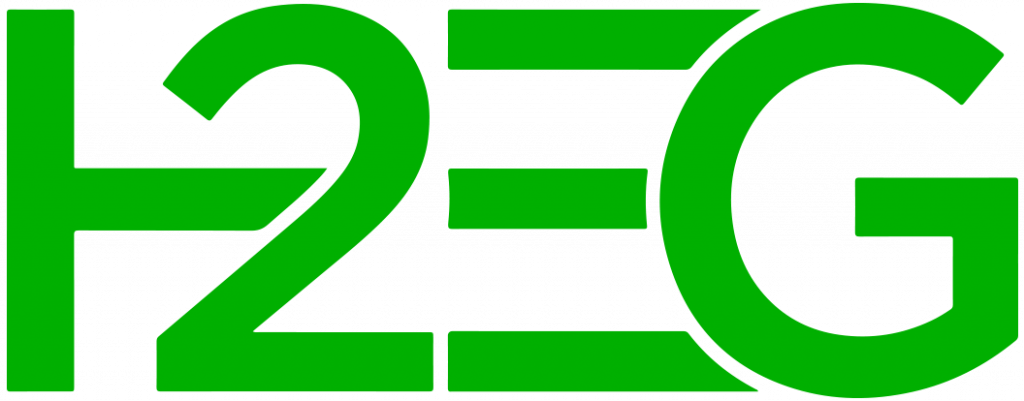
The German technology firm has been selected as the preferred supplier to deliver modular 20MW alkaline electrolysers for green hydrogen production at what PGS says will be the world’s largest green iron plant.
Planned for Geraldton, Western Australia, the facility aims to produce up to 7 million tonnes of green iron pellets annually, alongside as much as 2.5 million tonnes of hot briquetted iron (HBI) for export.
In the long term, the green steel developer plans to produce and export up to 30 million tonnes of DR-grade green pellets and 10 million tonnes of green HBI per year as it scales up the plant.
As a compressed form of direct reduced iron (DRI), HBI can be exported as a value-added product from WA with significantly lower carbon emissions, compared to traditional steel production.
The initiative is still in an early planning phase and subject to a final investment decision (FID). PGS expects to begin exporting its first green iron volumes in 2029.
“We appreciate the effort and expertise that the Thyssenkrupp Nucera Australia team has provided for our lighthouse green iron project to date,” James Rhee, Managing Director of PGS, said.
“As a partner with proven technology and execution competence, we look forward to progressing the cooperation with Thyssenkrupp Nucera in the next stages of the project.”
With the PGS deal, Thyssenkrupp Nucera is now the preferred technology supplier for over 3GW of projects worldwide, though revenue from the Western Australia venture is not expected until 2026/27.
The long-term significance contrasts with its recent Q3 results, after the company trimmed its 2024/25 hydrogen electrolyser sales forecast to €450-€510m amid weak order intake and continued segment losses.
SteelWatch: Import green DRI, not hydrogen and iron ore
Importing green hydrogen-based sponge iron from renewable-rich countries could reduce shipping volumes by nearly 75% compared to producing it locally with imported hydrogen and iron ore, according to new SteelWatch analysis.
The steel decarbonisation advocacy group said that local direct reduced iron (DRI) production in regions like northern Europe would take around four times more shipping capacity for hydrogen and iron ore than shipping the end product.
It said the inputs for a local 2.5 million tonne per annum (mtpa) direct reduced iron (DRI) plant total of 3.5 million cubic metres of hydrogen and iron ore would need to be imported.
In stark contrast, it estimates shipping 2.5 mtpa of green sponge iron from an overseas DRI plant, with locally available hydrogen and iron ore, involves moving just 0.75-1 million cubic metres of material.
Furthermore, it suggests beyond shipping, renewables-abundant nations like Australia, Canada, South Africa, Spain and Brazil will need fewer renewable energy production assets to generate the same capacity.
H2 View subscribers can continue reading here.

